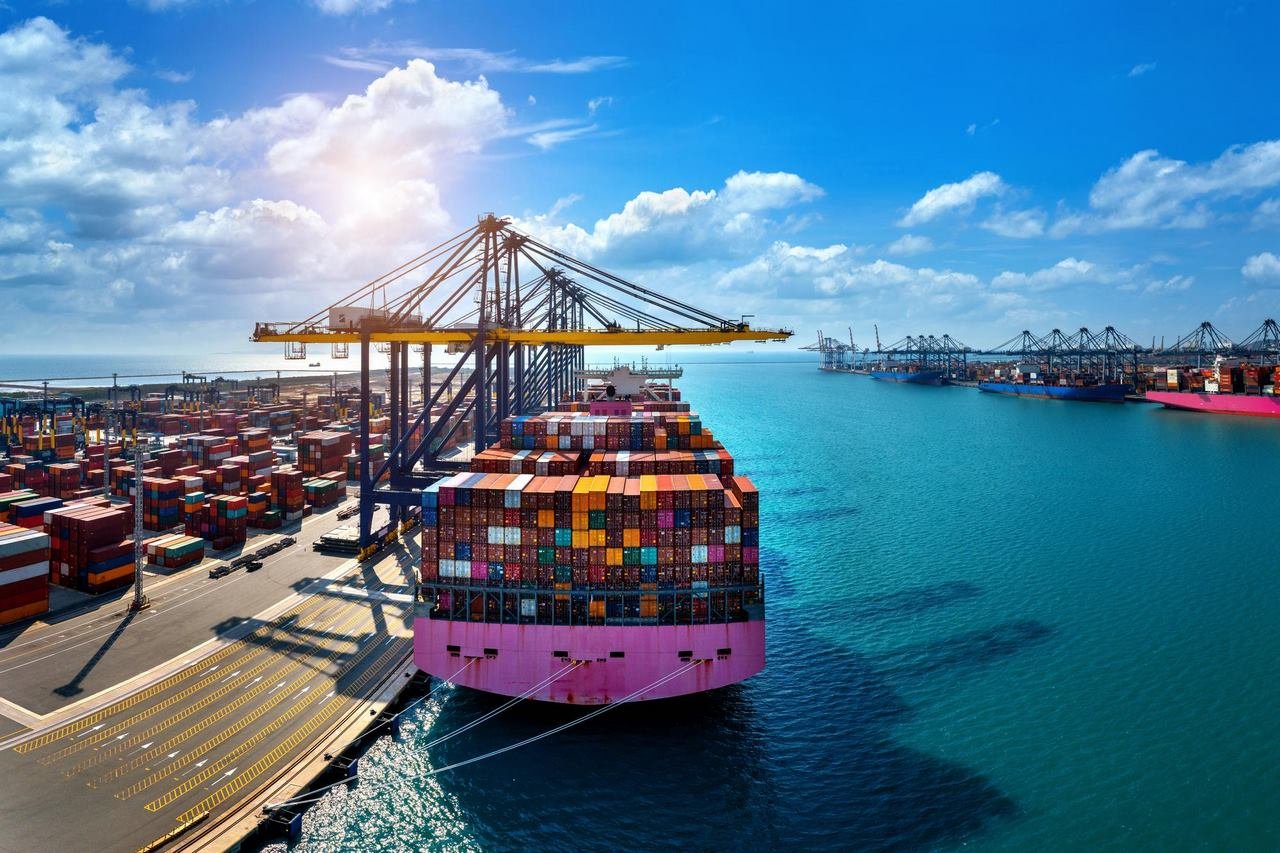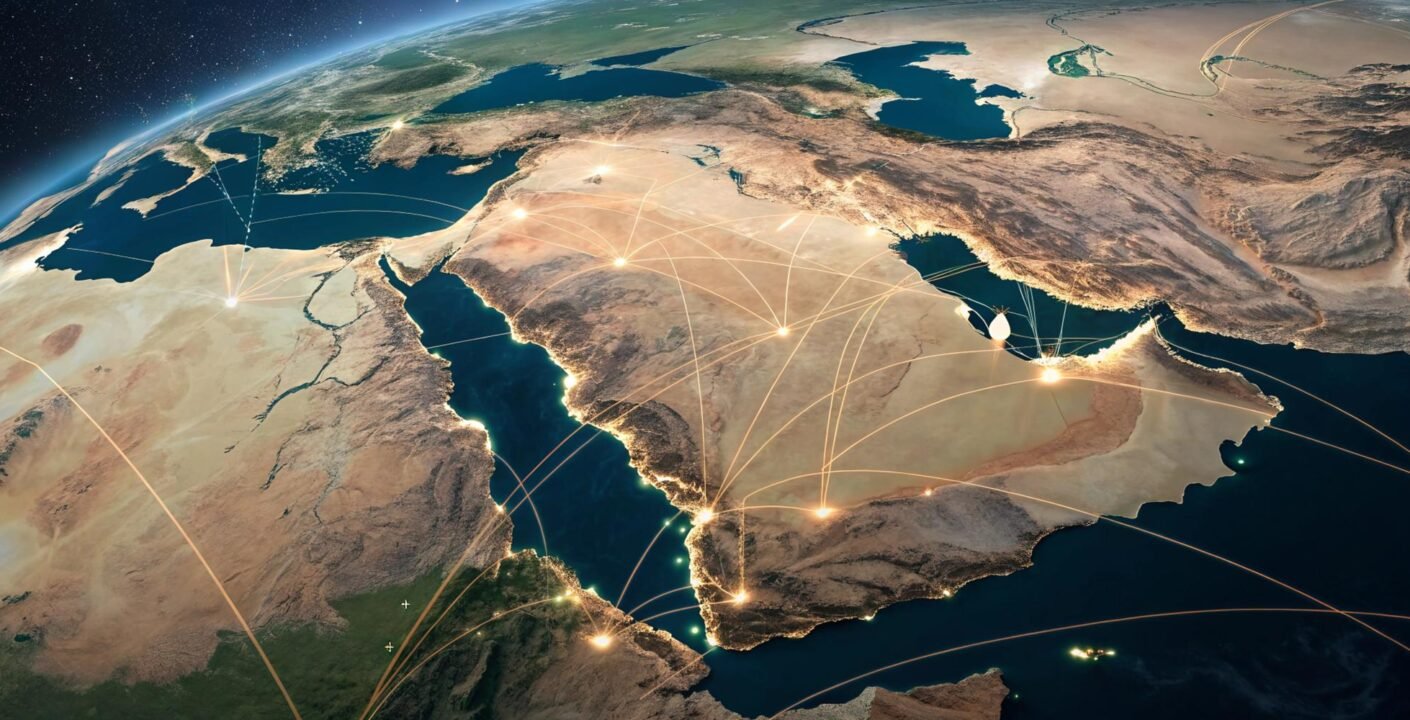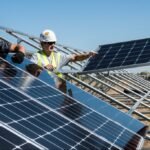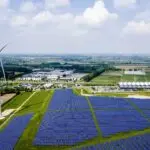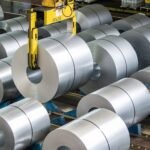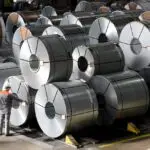The Middle East, long renowned for its vast oil reserves, is now emerging as a powerhouse in the renewable energy sector, particularly in solar power. Companies like Steelbridge Export are at the forefront, recognizing the region’s potential to become a global leader in solar energy.
How to Evaluate EPCF Bids for Solar Projects
This transformation is driven by a combination of abundant solar resources, strategic investments, and innovative models like the EPCF model (Engineering, Procurement, Construction, and Financing), which streamlines project development and financing.
Harnessing Abundant Solar Resources
The Middle East boasts some of the highest solar irradiance levels globally, receiving over 2,000 kWh/m² annually. Countries like Saudi Arabia, the UAE, and Oman are capitalizing on this natural advantage to develop large-scale solar projects. For instance, Saudi Arabia’s Sudair Solar PV Project, with a capacity of 1.5 GW, is a testament to the region’s commitment to renewable energy.
Strategic Investments and Government Initiatives
Governments across the Middle East are implementing ambitious renewable energy targets. Saudi Arabia aims to achieve 58.7 GW of renewable energy capacity by 2030, with a significant focus on solar projects. Similarly, the UAE’s Energy Strategy 2050 targets 50% clean energy in the national energy mix. These initiatives are attracting substantial investments, such as the $972 million deal between China Energy Engineering and Saudi partners to construct a 2 GW solar power plant.
The Role of the EPCF Model
The EPCF model is gaining traction in the Middle East’s solar sector. This integrated approach combines engineering, procurement, construction, and financing, reducing project risks and ensuring timely completion. By adopting the EPCF model, countries can streamline solar project development, attract foreign investment, and accelerate the transition to renewable energy.
Technological Advancements and Cost Reductions
Technological innovations have significantly reduced the cost of solar power generation. Since 2010, the cost of solar generation has dropped by 89%, making it more competitive with traditional energy sources. Advancements in photovoltaic technology and the introduction of floating solar systems are further enhancing the region’s solar capabilities.
Regional Collaborations and Export Potential
The Middle East is not only focusing on domestic solar energy consumption but also exploring export opportunities. Oman, for example, plans to become a leading exporter of green hydrogen by 2030, leveraging its solar energy resources. Such initiatives underscore the region’s potential to influence global renewable energy markets.
Conclusion
The Middle East’s strategic shift towards solar energy, supported by abundant natural resources, government initiatives, and innovative models like the EPCF model, positions it as a global leader in the renewable energy sector. As the region continues to invest in solar infrastructure and technology, it is set to play a pivotal role in the global transition to sustainable energy.
you might also like:
- EPCF Model Explained: Transforming Solar Energy Projects in Emerging Markets
- Building the Future: Why the Middle East Is the Best Market for Industrial Raw Materials
- Site Assessment and Design Best Practices in EPCF Solar Engineering


